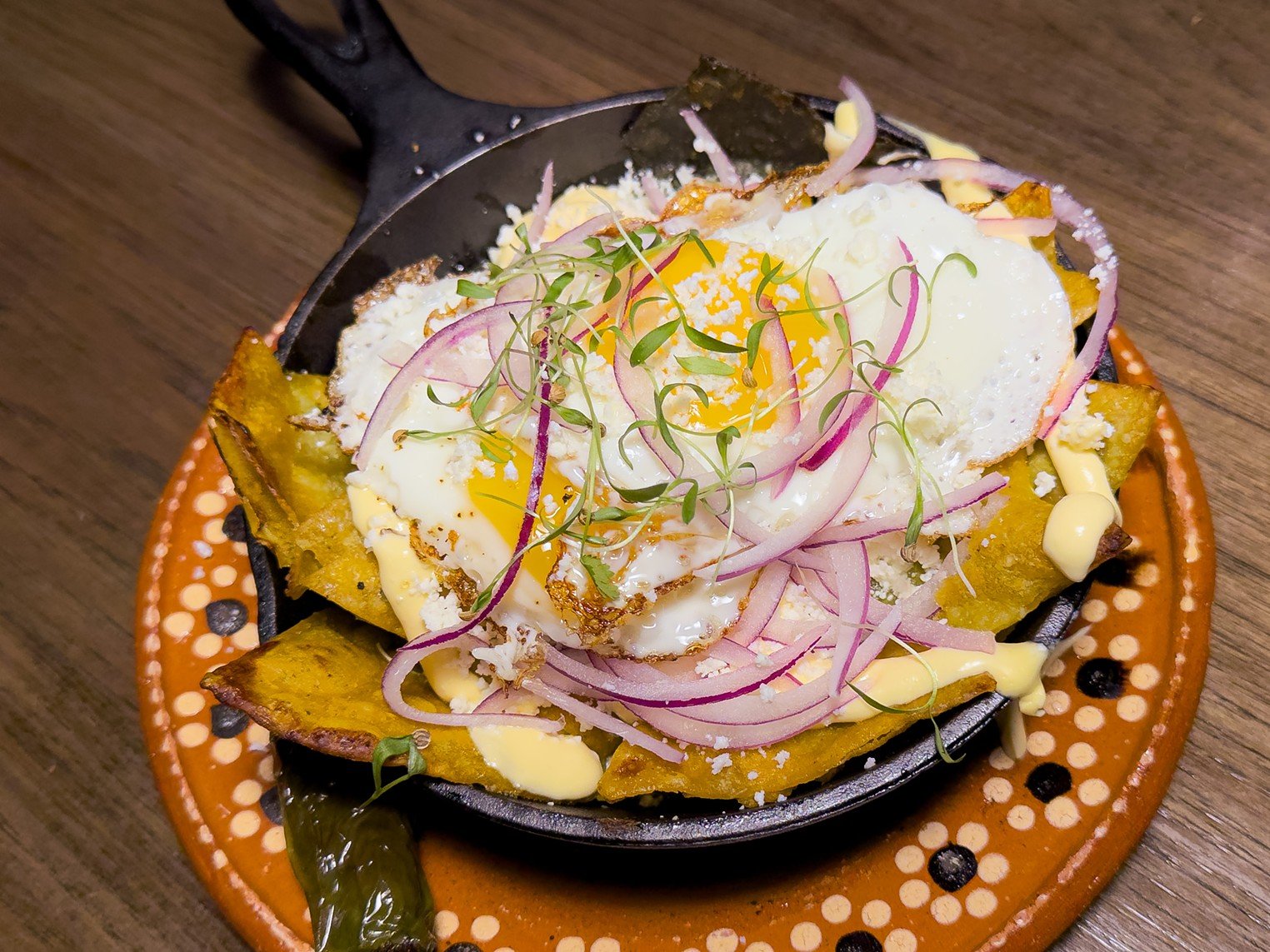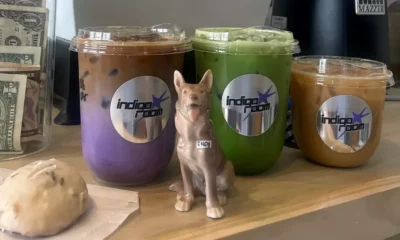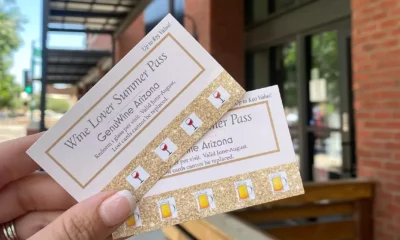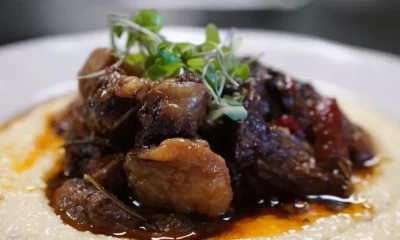Fashion
Discover Phoenix’s Hidden Gem: Requinto Delivers Exquisite Mexican Cuisine from a Bar Kitchen

Pop-up dining experiences have surged in popularity, becoming a defining feature of modern culinary culture. These temporary establishments offer chefs a unique platform to showcase their creativity and connect with food enthusiasts. However, the rapid proliferation of pop-ups raises important questions about the sustainability and originality of the restaurant scene.
The advantage of pop-ups is clear. They allow emerging chefs to test new concepts without the financial burdens associated with traditional restaurants. This model fosters innovation, as chefs can experiment with diverse cuisines and styles. Yet, as these temporary establishments multiply, concerns about the potential homogenization of the culinary landscape begin to surface.
Critics argue that an overabundance of pop-ups may dilute the essence of local dining. Unique flavors and distinct culinary identities face the risk of being overshadowed by the trend’s popularity. Established restaurants might struggle to compete with the allure of new and fleeting experiences, affecting their longevity and contribution to the community.
Furthermore, the ephemeral nature of pop-ups can create a sense of instability for diners. Patrons become accustomed to frequent menu changes and temporary locations, which may undermine their desire for a consistent dining experience. This shift could challenge the way consumers perceive value in the restaurant sector.
As the phenomenon evolves, questions remain about its long-term implications. Will pop-ups remain a vibrant part of the dining landscape, or will they exhaust their novelty? The answers may reshape not only how we dine but also the culinary scene as a whole.


















